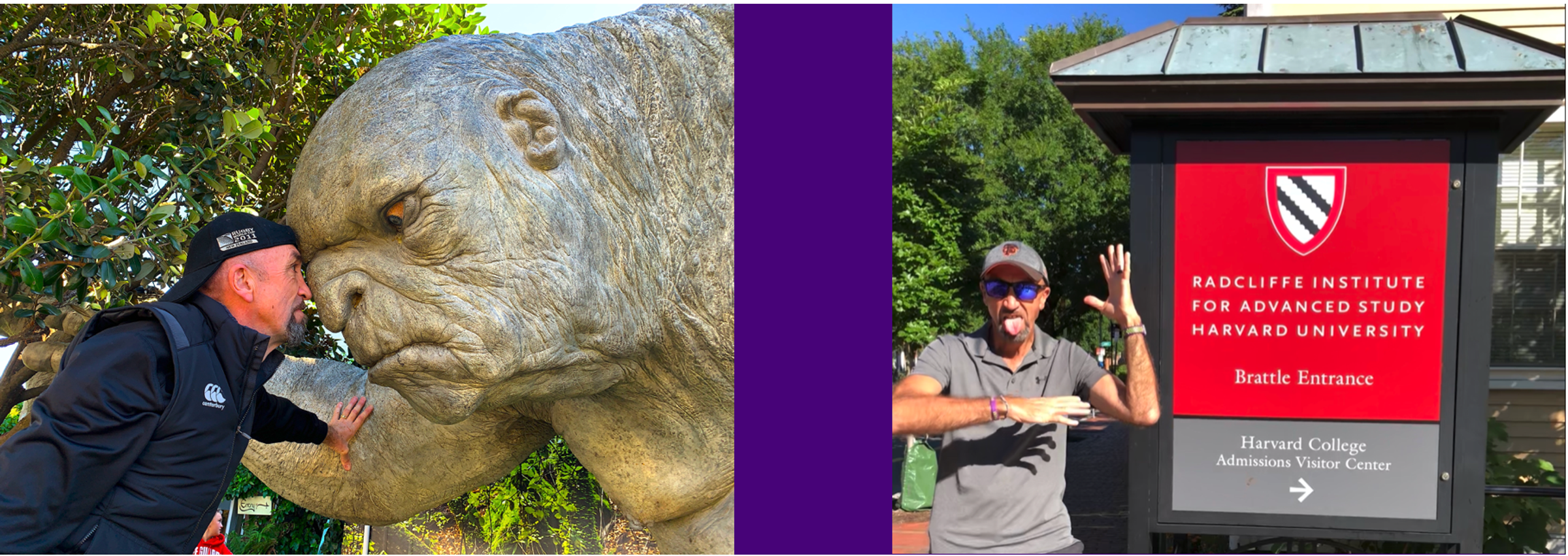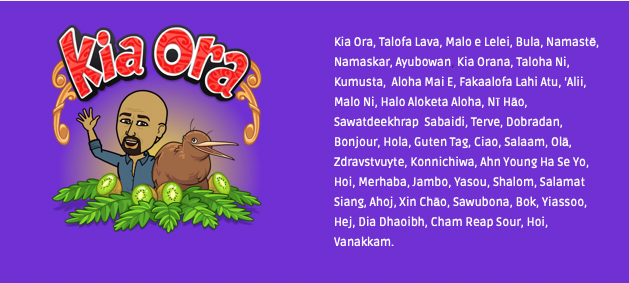Principal's Page

Kia Ora Friends - Our Warmest Greetings
AI and the Future of Education: What Primary Schools Need to Know
Artificial intelligence (AI) has become increasingly functional and accessible. Students and teachers are already using tools like ChatGPT, Microsoft Copilot, and Gemini, raising both opportunities and questions for educators in Aotearoa.
At Western Heights School, we’ve long embraced innovation that serves learners and supports teachers. However, AI isn’t just another tool—it’s a transformative technology, and its thoughtful integration is crucial to protect relationships, uphold integrity, and promote equity.
What is AI and Why Does It Matter?
AI refers to tools trained on large datasets that can generate new content, writing, images, and even lesson plans. Although not new, AI has recently gained mainstream adoption in education. Primary-age students are already engaging with it, often without understanding its risks or potential. This raises key questions: how should we introduce AI to tamariki? What does ethical and equitable use look like in a primary context?
Ministry Guidance and Primary Schools
The Ministry of Education has published early guidance for schools, emphasising the need for:
• Reviewing AI outputs critically
• Avoiding the use of personal data
• Being alert to cultural bias
• Reading terms and conditions
Schools are encouraged to take an “educative approach,” with policies covering:
• Clear purpose and principles
• Internal and external use
• Risk management
• Data privacy and protection
• Ongoing staff professional development
At Western Heights, these align with our values of manaakitanga, kaitiakitanga, and ako, we teach responsible use, nurture curiosity, and ensure safety in digital environments.
NZQA’s advice (more secondary-focused) still offers useful ideas for us:
Including AI use in academic integrity policies, structuring work to ensure authentic learning, and helping students reference AI-generated content where appropriate.
For primary schools, the Ministry is currently commissioning research to inform further guidance and curriculum support. Encouragingly, the refreshed Technology learning area in the NZ Curriculum will include compulsory teaching about AI by 2027, covering its whakapapa, potential, risks, and ethical implications.
How Primary Schools Are Using AI Now
Many primary teachers across Aotearoa are already experimenting with AI to:
• Adapt lesson plans for individual needs
• Generate creative prompts or story starters
• Support admin and resource preparation
• Translate or reword content to support ESOL learners
• Provide feedback tools for writing
At Western Heights, we’ve begun developing AI tools to moderate writing using our BEAM framework, enabling faster, more accurate feedback and more targeted support.
When guided by an expert teacher, AI can amplify learning. But left unchecked, it risks encouraging surface learning or undermining creativity and deep thinking.
Cautions and Cultural Considerations
AI tools reflect the biases in the data they’re trained on. This is a significant concern for Māori and Pasifika communities. The Ministry has rightly emphasised Māori data sovereignty—ensuring that AI respects te ao Māori principles such as kaitiakitanga (guardianship) and rangatiratanga (self-determination).
This is not just about technical accuracy; it’s about cultural safety. At Western Heights, our digital learning is designed to affirm identity and values. Any AI tool we adopt must do the same.
Access is another issue: the digital divide could quickly become an AI divide. Schools must ensure equitable access to technology and digital literacy opportunities.
The Future: Human-Centred, Hybrid Intelligence
The best vision for AI in education isn’t automation—it’s augmentation. Hybrid intelligence combines the power of AI with human strengths: empathy, creativity, cultural insight, and ethical judgement. In this model, teachers don’t disappear—they shift further into roles such as mentoring, coaching, and facilitating.
As the Ministry affirms, AI should support—not replace—teachers. It can help with: • Early detection of learning needs
• Supporting diverse learning styles
• Streamlining planning and feedback
• Allowing more time for 1:1 connection
But this only works if educators remain in control. At Western Heights, our teachers are at the heart of learning, and will remain so.
What Schools Should Do Now
To prepare, primary schools should:
• Create (or update) an AI use policy
• Introduce age-appropriate digital citizenship lessons focused on AI
• Ensure equitable access to devices and connectivity
• Monitor emerging research and Ministry updates
• Invest in teacher professional learning.
Professional development is key. Our teachers need to understand how AI works, where it can be beneficial, and where it can cause harm.
Final thought:
AI is not a silver bullet, nor a threat to be avoided. With clear values, trusted relationships, and a robust framework, schools like ours can lead the way in shaping how children grow up with, rather than under, AI.
As always, if you have questions or concerns about anything school-related, email me at macash@mac.com, and I will get back to you asap.
My very best regards to you all,
Ash Maindonald
Principal.

